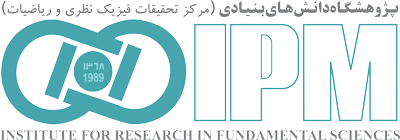“School of Nano-Sciences”
Back to Papers HomeBack to Papers of School of Nano-Sciences
| Paper IPM / Nano-Sciences / 18243 |
|
||||||
| Abstract: | |||||||
|
Inspired by recent advances in utilizing topological insulators and transition-metal dichalcogenides (TMDCs) as spin sources for generating spin-orbit torque (SOT), we explore the current-induced spin polarization and resulting SOT in a TMDC/CrI3 bilayer-specifically with WSe2 and MoSe2â??beyond the linear response theory. Using the steady-state Boltzmann equation, we find that non-linear spin polarization associated with intra-band transitions generates a strong in-plane SOT on the ferromagnetic CrI3 layer, whereas the contribution of intrinsic inter-band and intra-band transitions is zero in the linear response regime. The SOT demonstrates an odd function with respect to the magnetization-called the field-like torque-a large discrepancy between n-type and p-type doping for both TMDC/CrI3 bilayers, and sign changes in MoSe2- and p-type doped WSe2-based structures. Remarkably, the SOT strength in the n-doped MoSe2/CrI3 bilayer is an order of magnitude larger than in the WSe2/CrI3 case. We further show that, depending on the TMDC material and chemical potential, twisting can cause the appearance or disappearance of additional sign changes, as well as attenuation or significant amplification of the in-plane SOT. Specifically, the WSe2-based bilayer exhibits high SOT for p-type doping at lower chemical potentials, while the MoSe2-based structure shows large SOT for n-type doping at higher chemical potentials. In addition, we reveal a high tunability of the SOT strength-about one order of magnitude-by applying a transverse gate electric field. Download TeX format |
|||||||
| back to top | |||||||



















